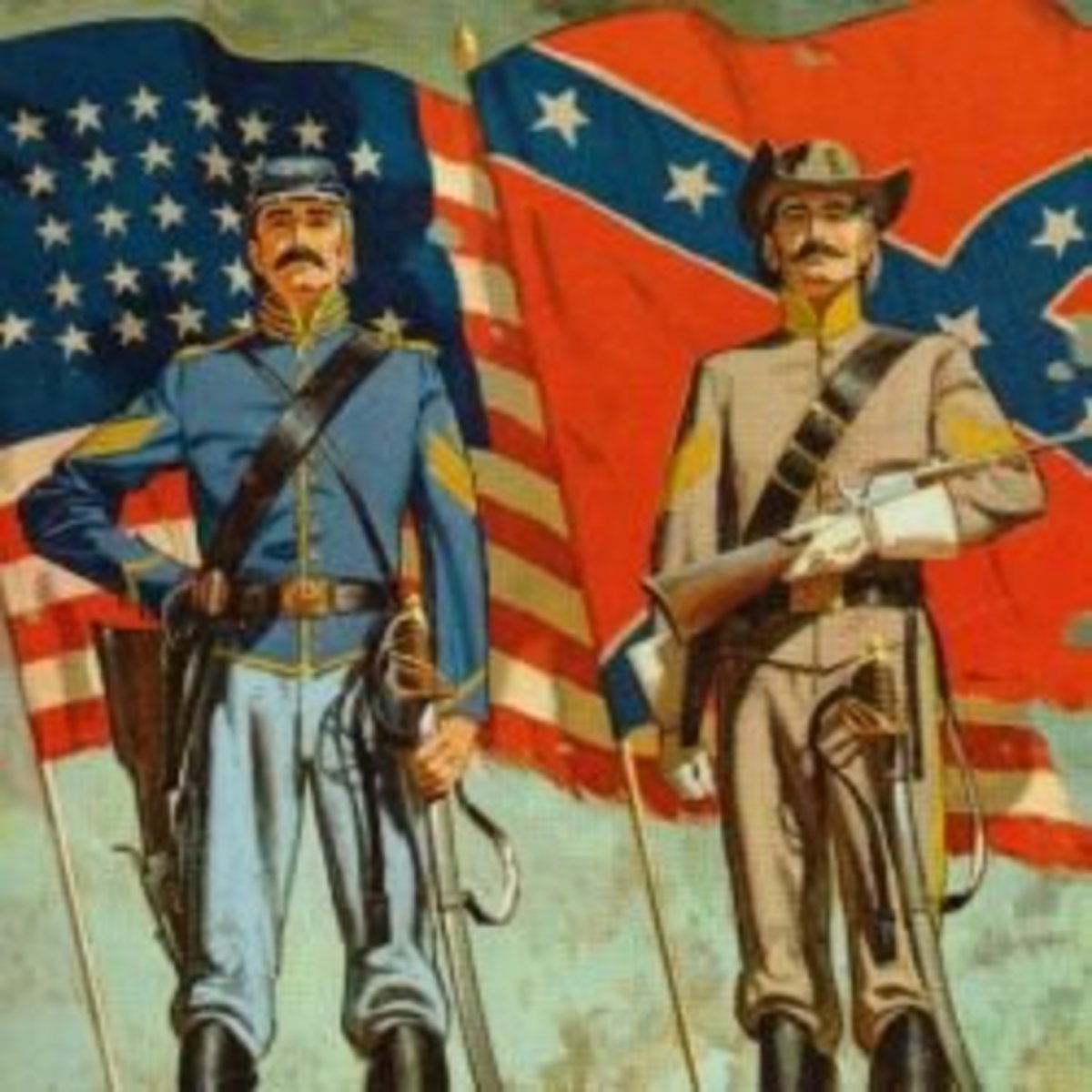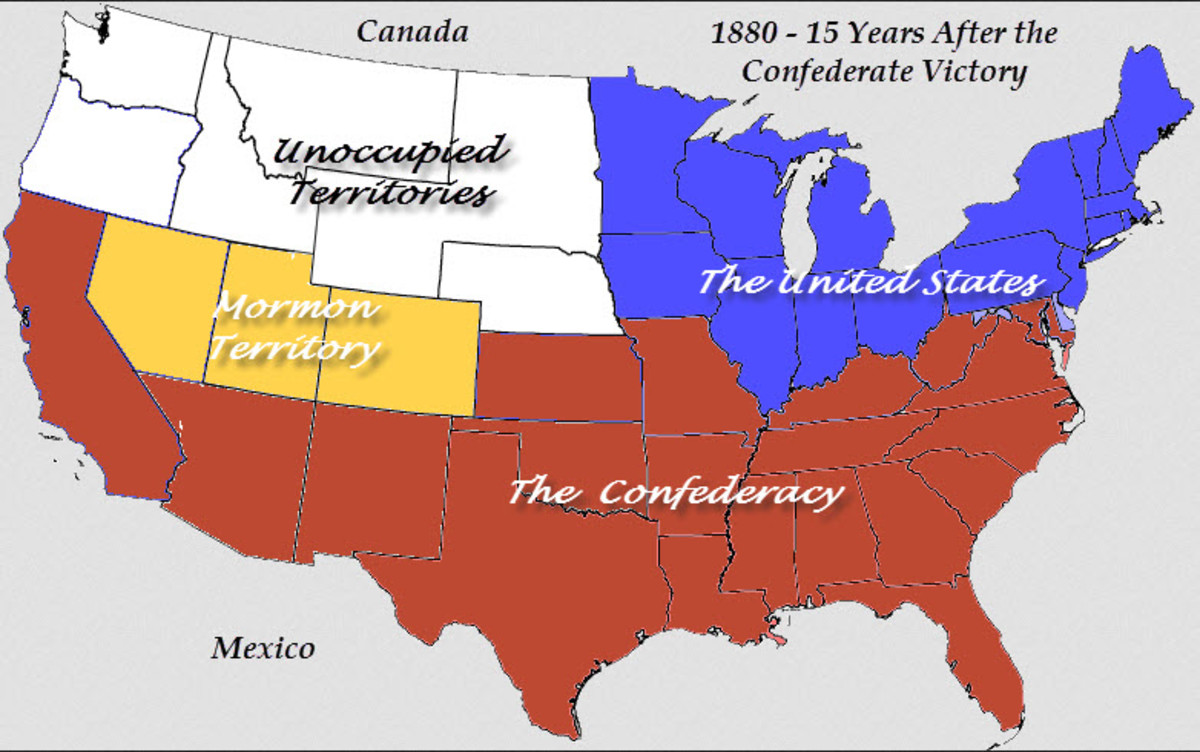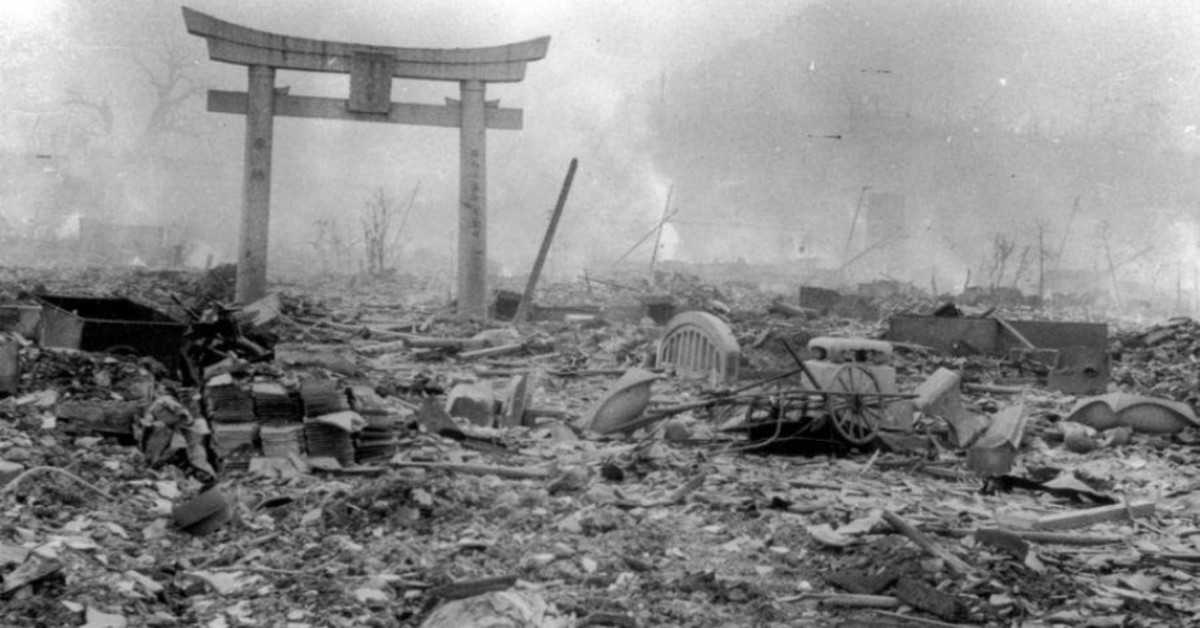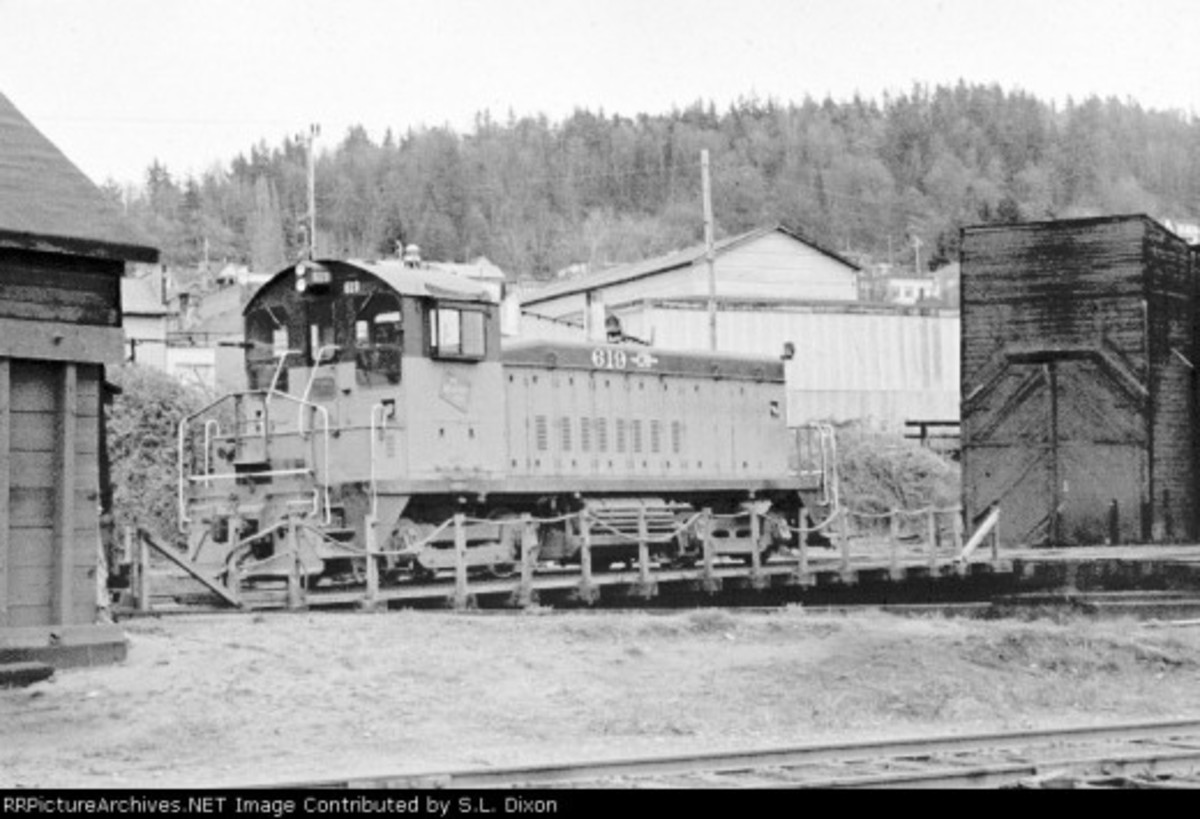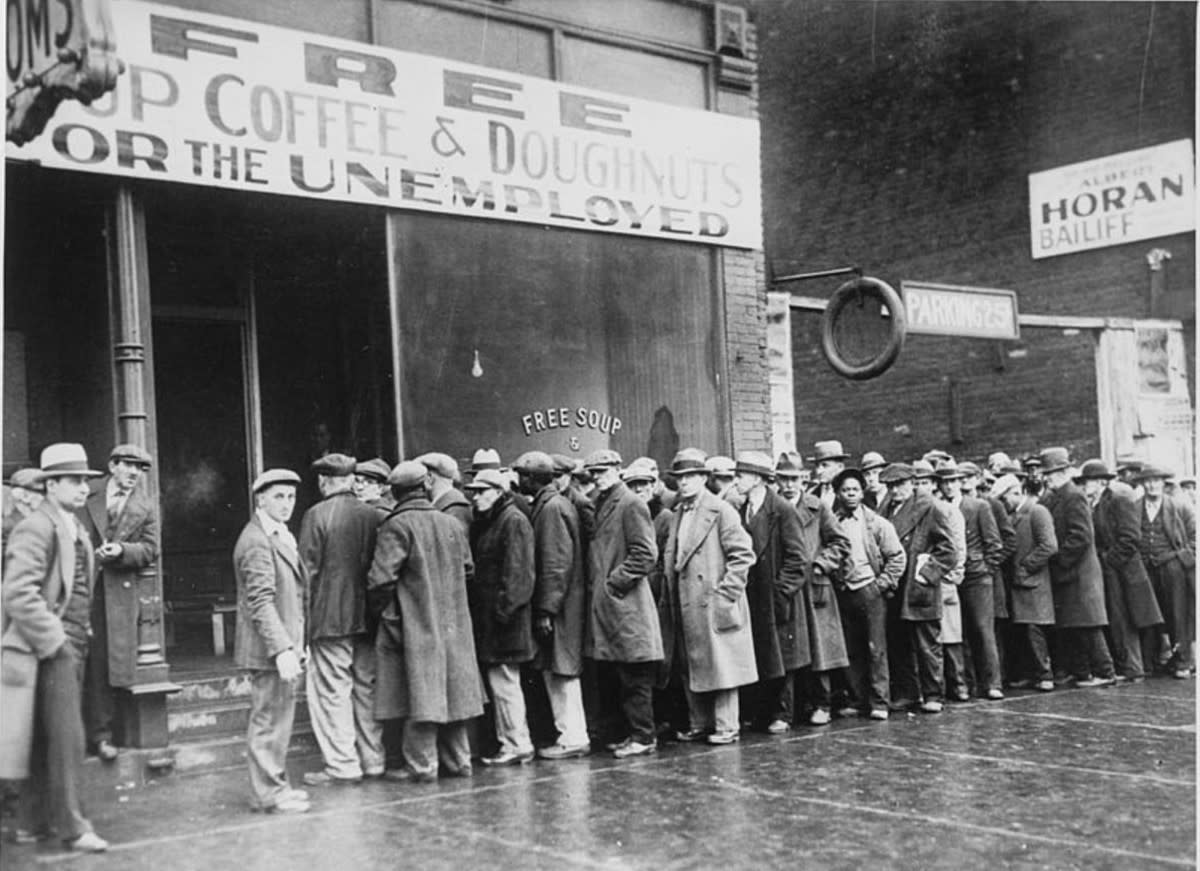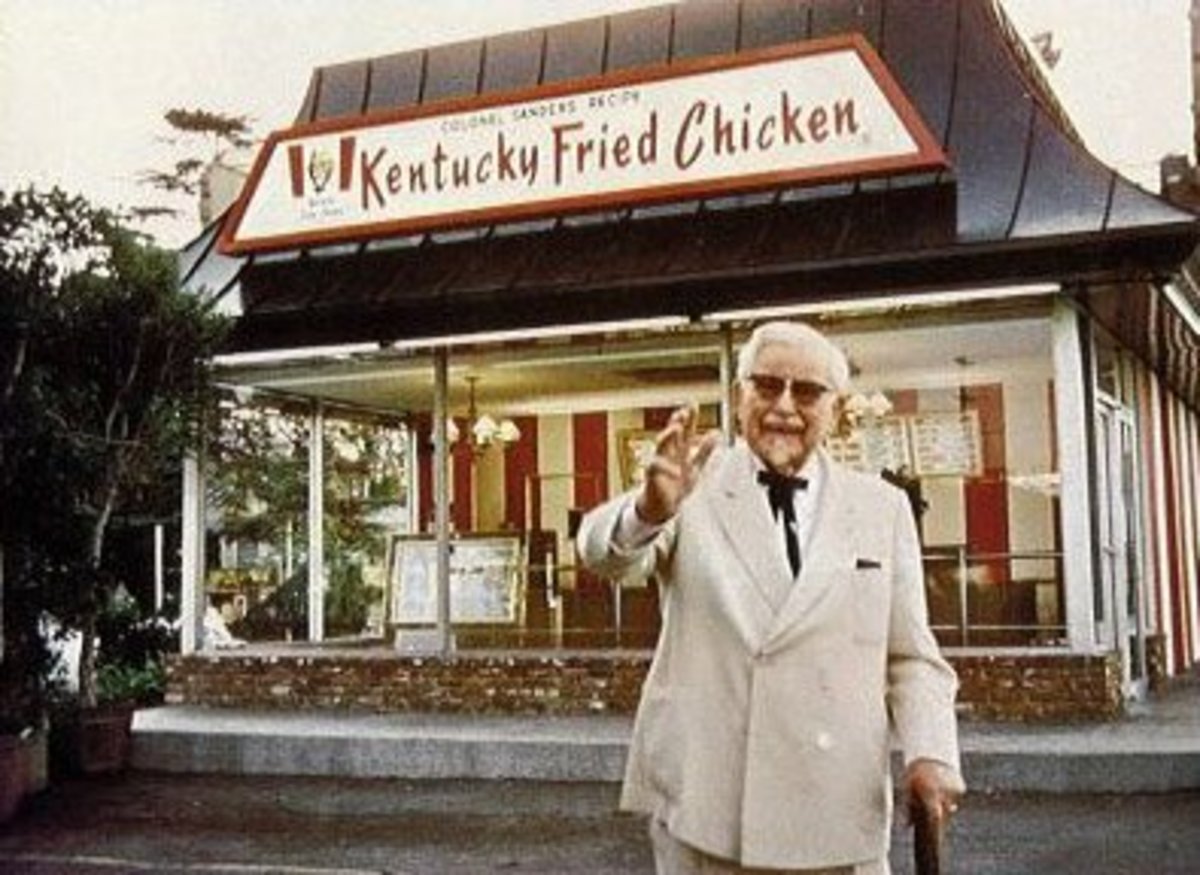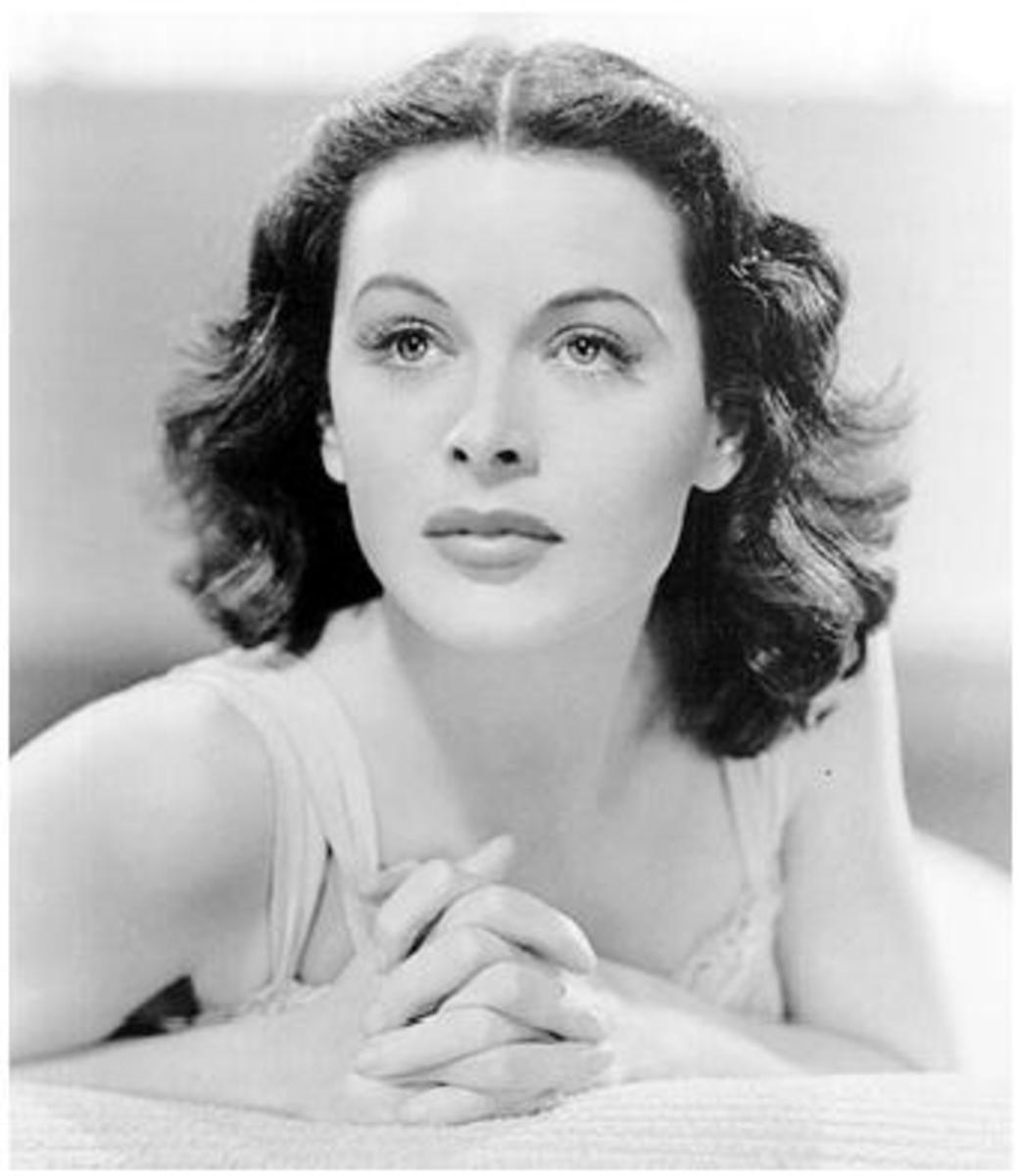US Railroads during Wartime
Introduction
This hub takes a brief look at railroads trials and tribulations during wartime. During the Civil War, World Wars 1 and 2, the railroads were put to the test in many ways. We will take a look at the railroads during these critical times..
Civil War
The civil war started in 1861 and was the first test of the railroad industry. Railroads were only 37 years old in the states by the start of the war, however there were 30,000 miles of tracks already laid. The majority of the rails were in the north, which gave them an advantage for troop and supply movements, which in the end gave the north the advantage. The south on the other had didn't have the transportation system which hindered them in the later years. The rail center for the south was Atlanta Georgia which had lines radiating in all directions.
Both sides relied on the railroads to move men and supplies. There was hospital trains as, well. Unfortunately there arent many photos of the railroads during this time period, just the accounts given. There is one very famous story from the civil war, and that was the story of the Great Locomotive Chase.
The Railroads that were in the border states were most often hit the hardest as both sides did not want the other side to use the lines. The Baltimore and Ohio's president had made agreements with both sides to only operate hospital trains. This was after a number of attacks on his railroad.
The Southern States had the most damage done to their railroads, simply because most of t he fighting was in the South. Sherman on his March to the Sea desimated the lines from Chattanooga Tennessee to Savanna Georgia in effect crippling the souths north south network.
World War I
The first world war (1914-1918) was a trying time for the railroads. They were all about themselves, not really working together in the broader sense of the word, there were friendly connections but nothing that really forced a western road to work in conjunction with an eastern road. A shipment of rations or weapons from San Francisco, could reach Chicago, and sit in the yards there for weeks, then finally get moved to Norfolk Virginia, and wait just outside the yard for another week.
One of the possible reasons for this was purely economics, the government had created the Interstate Commerce Commission (ICC) to regulate the freight rates that the railroads could charge, this meant the railroads could not keep profits rising as much as inflation was. They had inadequate facilities, tracks, yard space for such a great undertaking. The lack of cooperation was the last nail in the proverbial coffin.
On Dec 26 1917, Woodrow Wilson, then President of the United States took the unprecedented step to have the government nationalize the railroads. The United States Railroad Administration (USRA) was born. They took away the rights of the individual railroads and dictated everything they did. The USRA figured what type of steam locomotives were built, what rail cars were built, didn't allow much if any passenger travel, and over all just ran the railroads into the ground.
Allocations were made to each locomotive builder. They were to build certain types of locomotives certain ways. Wheel arrangements and weight of the drivers were dictated by the USRA. Even today there are references to a USRA steam locomotive, and that dates to between 1917 and 1920.
Even though World War I ended in 1918 with the Allies winning over the Central Powers the USRA did not relinquish control back to the railroads until 1920. The railroads given back by the government was not the same as was taken three years earlier. The physical plant was in shambles and it was the railroads responsibility to rebuild and continue forward, into the busy 1920s.
World War II
fter the Nazis invaded Poland in September of 1939, the U.S war Machine started gearing up. We may not have been at war, but our allies, Britain and France had entered into the conflict in direct response of the invasion of Poland. In the spring of 1940, Hitler turned his sights on Britiain and blockaded her ports, severely hindering shipping supplies to the island nation. The United States responded by sending military and supplies in.
The railroads played a major roll in getting the freight to the ports, at first to the Eastern Seaboard then the western ports after VE day. They moved more tonnage than any other time in history, and proved they could do it without government intervention.
The railroads learned a lot from the mistakes made during WWI when they were not working together. They didn't want to have the government take over like it did during the first world war. There was rationing of materials and the government dictated what company could build rail equipment. EMC was only allowed to build switchers. EMC had built it's first mass produced freight diesel the "FT" in 1938-39, which means that there were diesels operating during the war. They were in every kind of service along with the steam engines. If there had been more of them online before the war, the steam engines wouldn't have had to work so hard and had so many miles on them. There were times that the turn around for a locomotive was mere hours and that isn't a lot of time to service a steam engine.
Diesels only became popular five years before the beginning of WWII. The FT freight model was allowed to be built by EMD at their La Grange Illinois plant, The other locomotive builders were asked to switch to war production such as tanks and planes. A railroad builder building planes you ask? In wartime everyone pulled together to do what needed to be done. EMD had a huge lead in locomotive development and there were many orders on the books by the time the War Production Board stopped the production of war material.
Diesels proved themselves during the war, being on the road more often than steam engines. They also could go further before having to be refueled.
TROOP TRAINS
One type of train that the public saw but never rode was the troop train. Pretty much every railroad that served military bases operated troop trains. They operated starting in 1942 through 1946 when the last of our combat troops came home. The cars were regular coaches, but the military built their own sleepers and kitchen cars for use on the troop trains. These trains had top priority over every other train on the line, even crack passenger trains.
Loaded for War
Lifeline of the Nation
Captions of videos
Posted on Youtube, these films were created by either the Assoc. of American Railroads or the railroads themselves for a couple of reasons, 1. To show the public what they were doing, 2. Propaganda, but my opinion is that it was just showing what they were doing and what ity took to move all the men and material. These movies would be shown at theaters on a regular basis during the war.
Wrap up
Ever since railroads were formed they have been used in War time, the US railroads may never have been bombed, but they were torn up, burned and rebuilt. They hauled record numbers of people and freight. Each railroad played their part and will be ready for the next time. Even during Dessert Storm, when everyone thought that the railroads were obsolete, the Santa Fe and Union Pacific, each hauled Troop trains to the east, handing them off to the CSX and Conrail. They are not obsolete, carrying troops and war Material, to what ever front they are needed, they will be rolling, ready to assist.
© 2012 Clayton Hartford

